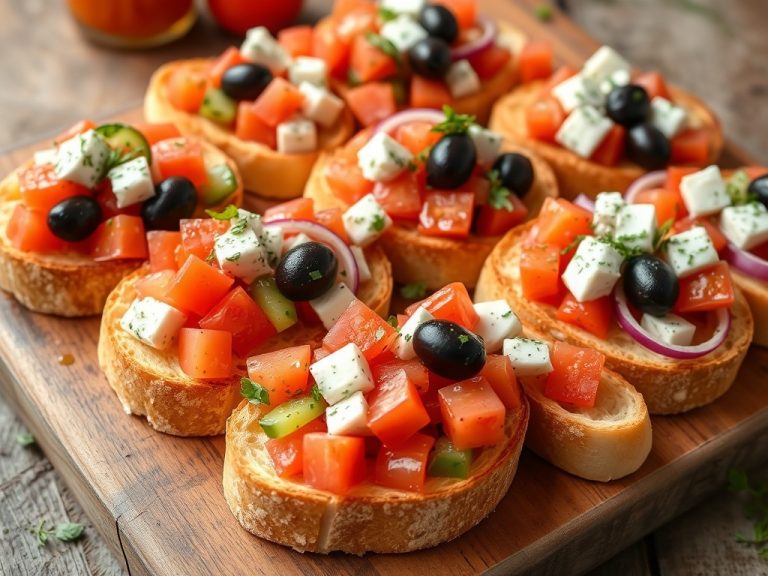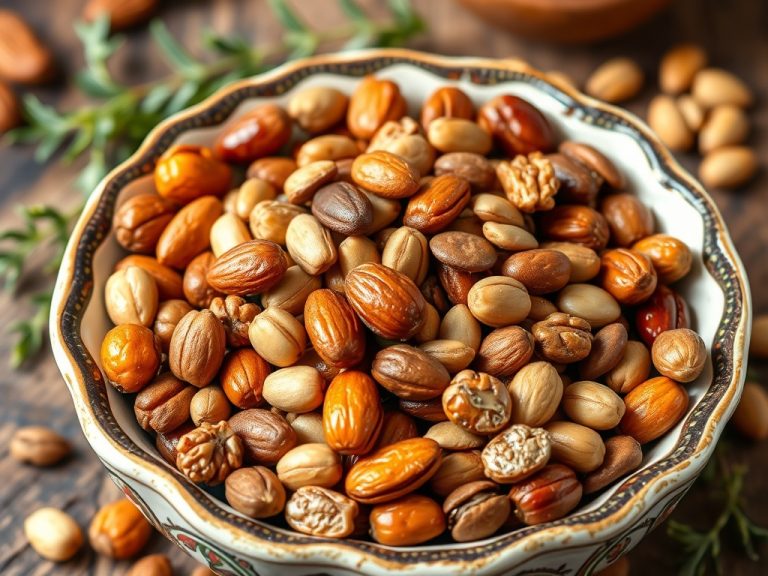
Greek meat pies, known as kreatopita, are a beloved dish that reflects the rich culinary heritage of Greece. These savory pastries are often made with flaky phyllo dough and filled with a mixture of spiced meats, vegetables, and herbs. With roots in ancient Greece, meat pies have evolved over centuries, becoming a staple in Greek households and a popular item in tavernas.
History and Cultural Significance
The tradition of making meat pies dates back to ancient times, when Greeks used various types of dough to encase meats and other fillings. Historical records indicate that pies were often served during festivals and celebrations, symbolizing abundance and hospitality. These pies were not only a means of preserving meat but also a way to feed large gatherings, showcasing the generosity of Greek culture.
As the centuries progressed, regional variations emerged. Each area of Greece adapted the basic recipe to incorporate local ingredients and flavors. In the mountainous regions, for instance, the use of lamb and goat became prevalent, while coastal areas might feature seafood variations. This adaptability has allowed meat pies to remain relevant and beloved across generations.
Ingredients
A typical Greek meat pie features a variety of ingredients, including:
- Meat: Commonly used meats include lamb, beef, and pork. The choice of meat may vary by region or family tradition. Some recipes even incorporate a mixture of meats for a more complex flavor.
- Vegetables: Onions, spinach, and sometimes mushrooms are popular additions that enhance the flavor profile. Some families add ingredients like leeks or bell peppers to create a unique twist on the traditional filling.
- Herbs and Spices: Fresh herbs like parsley, dill, and mint are often used, along with spices such as cinnamon, nutmeg, and allspice, which add a distinctive warmth to the filling. The balance of these spices is crucial, reflecting the cook’s personal touch and regional influences.
- Dough: While phyllo dough is widely used for its crispiness, some recipes may call for a thicker, homemade pastry. The choice of dough can significantly alter the texture and flavor of the pie.
Preparation
The process of making Greek meat pies involves several steps, each contributing to the overall flavor and texture:
- Preparing the Filling: The meat is typically sautéed with onions and spices until browned. This step is crucial as it develops the depth of flavor. Vegetables can be added for extra flavor and nutrition, often incorporating them until they soften and release their moisture.
- Making the Dough: If using phyllo, the dough sheets are layered with melted butter for a flaky texture. For traditional pastry, a simple dough is made from flour, water, and olive oil. The dough must be rolled out thinly to ensure it cooks evenly and achieves that desired crispness.
- Assembling the Pie: The filling is placed in a baking dish, covered with dough, and sealed at the edges. Some recipes call for additional dough layers on top, while others may crimp the edges for a decorative touch. This presentation not only makes the pie visually appealing but also helps to trap the flavors inside.
- Baking: The pie is baked until golden brown, resulting in a crispy exterior and a savory, aromatic filling. The baking time and temperature can vary, so keeping an eye on the pie is essential to avoid overcooking.

Variations
Greek meat pies can vary significantly from one region to another. Some notable variations include:
- Kreatopita: A traditional version that uses ground meat and is seasoned with a blend of spices. It often features a rich, hearty filling that exemplifies the essence of Greek cuisine.
- Spanakopita: While primarily a spinach pie, some variations incorporate meat, providing a delightful twist. This combination is especially popular in regions where greens are abundant.
- Bougatsa: A sweet or savory pastry that may include a meat filling, often topped with powdered sugar or cinnamon. Bougatsa is especially popular in the northern regions of Greece and is enjoyed for breakfast or as a snack.
- Kreatopita from Epirus: This regional variation often includes a mix of meats and is known for its robust flavors, showcasing the culinary traditions of the mountainous Epirus region.
Serving Suggestions
Greek meat pies are often served as a main course or a hearty snack. They pair wonderfully with:
- Greek Salad: A fresh and tangy complement to the rich flavors of the pie. Made with tomatoes, cucumbers, red onions, olives, and feta cheese, the salad adds a refreshing crunch.
- Tzatziki Sauce: A cool, yogurt-based sauce that balances the spices in the meat filling. The combination of yogurt, cucumber, garlic, and dill provides a perfect contrast to the warm, savory pie.
- Wine: A glass of red or white Greek wine enhances the meal, bringing out the flavors of the dish. Popular choices include Agiorgitiko or Assyrtiko, both of which pair beautifully with the richness of the meat.
- Olive Oil Drizzle: A finishing touch of high-quality olive oil can elevate the flavors further, adding richness and a touch of Mediterranean flair.
Greek meat pies are more than just a delicious dish; they represent a deep-rooted culinary tradition that continues to bring families and friends together. The process of making these pies often involves gathering loved ones, sharing stories, and passing down recipes through generations. Whether enjoyed at a festive gathering, as a comforting meal at home, or as a street food delicacy, these pies embody the warmth and hospitality of Greek culture.
If you haven’t tried making them yet, now is the perfect time to explore this delightful aspect of Greek cuisine! Each pie tells a story, reflecting the history, culture, and love that go into its creation. So gather your ingredients, roll out that dough, and savor the flavors of Greece in your own kitchen.



